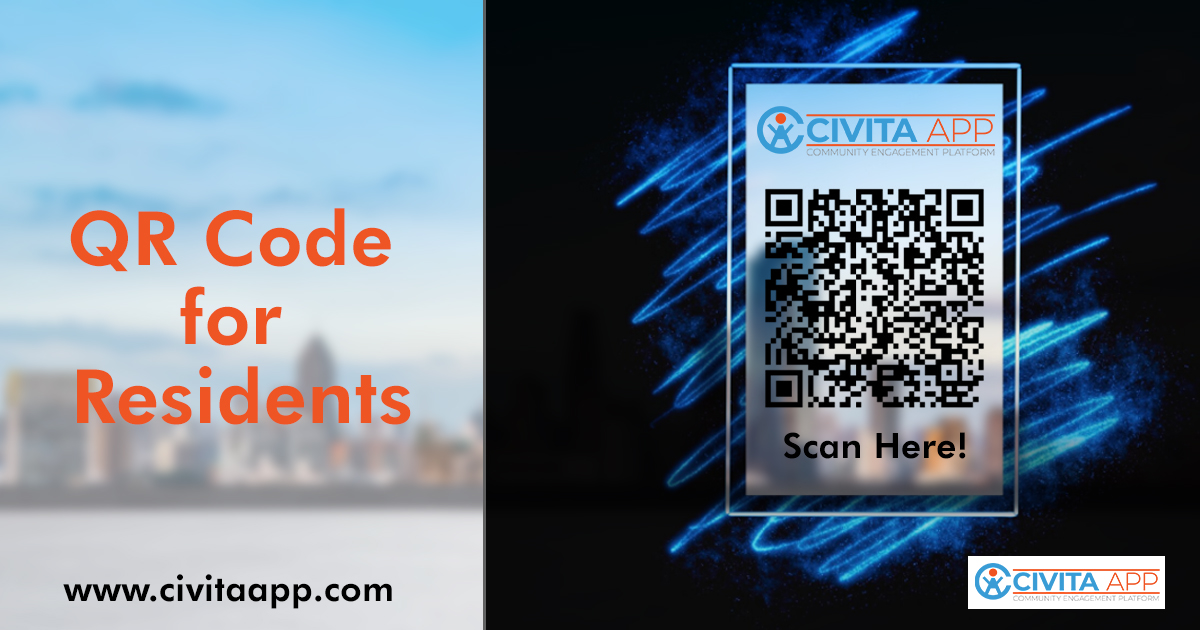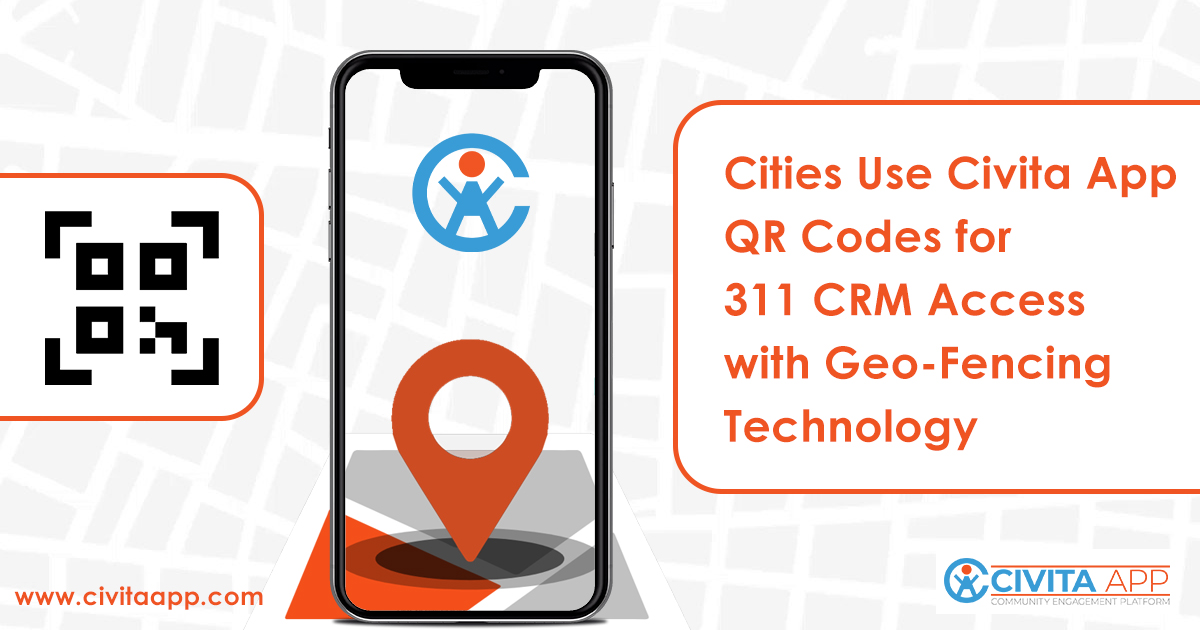Cities are constantly looking for ways to connect residents and visitors with services, information, and experiences. The Civita App introduces a practical solution through QR codes for cities, allowing municipalities to share resources quickly and efficiently. By placing QR codes in strategic locations, city officials can bridge the gap between the community and available services.
Placing QR Codes for City Locations
QR codes can be placed on signage, landmarks, parks, public facilities, and transportation hubs. These codes provide instant access to a variety of content, including videos, maps, surveys, check-ins, and community announcements. With just a smartphone scan, users are connected to relevant information, enhancing their experience and interaction with the city.
This feature also supports tourism by guiding visitors to key attractions, cultural landmarks, and public amenities. By strategically placing QR codes for city sites, cities can make exploration easier and more interactive, providing a modern approach to discovering local services and experiences.
Boosting Accessibility and Service Delivery
Accessibility is a priority for city planners, and QR codes offer an inclusive solution. Residents with mobility limitations or visitors unfamiliar with the area can quickly access information without the need for additional staff assistance. This approach also streamlines service delivery, connecting citizens to city services, event information, and public notices efficiently.
QR codes act as a bridge between physical locations and digital resources, reducing the time needed to find important information.
A Connected and Interactive City Experience
QR codes on the Civita App transform city interactions by connecting people to the services and experiences they need instantly. From enhancing tourism to boosting accessibility and gathering engagement data, QR codes offer a cost-effective and innovative way for cities to stay connected with their communities.
By adopting QR code for cities technology and carefully planning where to place QR codes for city locations, municipalities can create an interactive, informed, and accessible environment for everyone.


